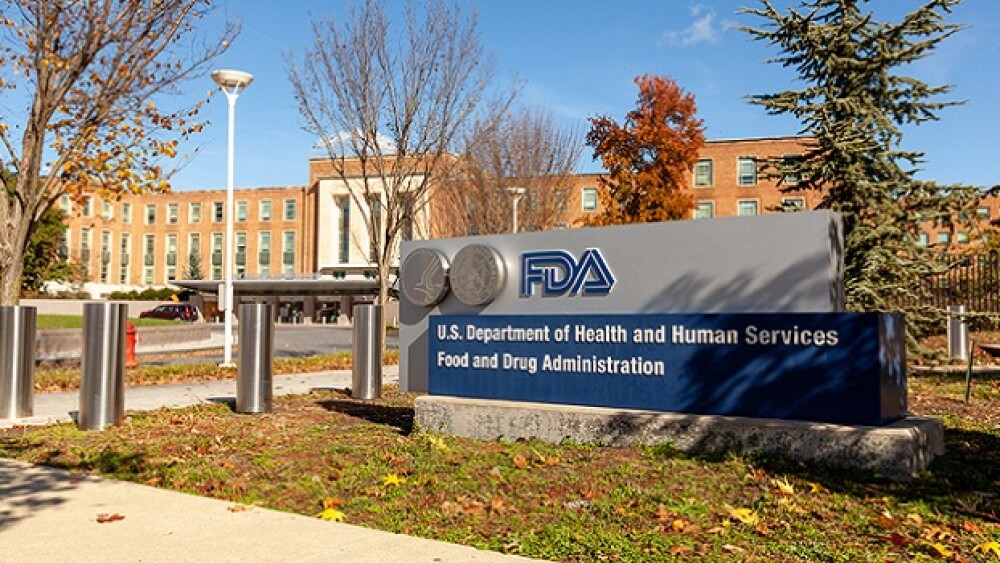Compounding pharmacies aren’t the only makers of off-brand versions of Novo Nordisk’s Wegovy and Eli Lilly’s Zepbound. The situation is causing the FDA regulatory headaches and, more seriously, posing potential risks to the public.
Eli Lilly’s and Novo Nordisk’s star weight loss products brought in a collective $12.9 billion in 2024, according to earnings reports from both companies last week. And still, the market wants more. The insatiable need for GLP-1 medicines has opened up an opportunity for compounders and research peptide companies to profit off selling cheaper alternatives to these high-priced drugs.
“What is happening with these weight loss drugs is brand new,” C. Michael White, department head & professor of Pharmacy Practice at UConn School of Pharmacy, told BioSpace. “The only previous example I’ve seen is with ivermectin and hydroxychloroquine during the pandemic, when they were being touted as being effective. Doctors were reluctant to prescribe them and so people began searching for loopholes to buy them. This has been followed by GLP-1s and people’s willingness to go down alternative routes to access them.”
With the level of demand for the products, these off-brand manufacturers are catering to the consumer and doing so, for the most part, in a completely legal manner. Nevertheless, action is being taken to dampen the thriving shadow market.
Compounding Pharmacies Jump on Shortage Opportunity
In 2022, the FDA added Eli Lilly’s Zepbound and Novo Nordisk’s Wegovy—along with their sister GLP-1s for diabetes, Mounjaro and Ozempic, respectively—to its list of drugs in shortage, opening the door for compounding pharmacies to legally produce compounded versions for patients who were not able to source branded products.
Then in October 2024, the FDA removed the drugs from the shortage list, stating that the products were in good supply, closing that door on the compounding agencies’ GLP-1 business. In an attempt to maintain access to this broader market, a compounders trade group brought a legal challenge against the FDA. The Outsourcing Facilities Association (OFA) argues that the decision to declare the shortages finished based on manufacturer-provided information “ignores the facts, violates the law, and puts patient access at risk,” an OFA spokesperson told BioSpace by email.
With Chevron deference overturned, federal agencies are no longer provided strong protection from legal challenges over their interpretation of ambiguous statutes. This has opened a pathway for companies to launch lawsuits over FDA decisions, which in this case could limit the agency’s ability to end shortages. Highlighting the importance of the case to industry, Lilly last month requested to join the lawsuit to defend its interests.
The GLP-1 compounders situation is drawing enough attention that former FDA commissioner Robert Califf, during a media roundtable discussion before leaving office, addressed the issue. Califf said the regulation and laws around compounders are complicated and that he would expect it to be a topic that Congress looks at this year. Of particular concern, he added, were quality concerns over internet-based compounding manufacturers, because “it’s very hard if you’re ordering things on the internet to know exactly what you’re getting.”
Going further, Califf described how it is difficult to know whether the rise of compounded versions is due to shortages or due to the price difference, with compounded products usually being cheaper. “If you’re making $30,000 a year, you can’t spend $15,000 on one drug for your weight and overall health,” he concluded.
Research Peptide Companies Also Bite Into GLP-1 Pie
Manufacturers of research peptides are also selling unbranded versions of weight loss drugs, such as unlicensed versions of semaglutide and tirzepatide, the active ingredients in Novo’s and Lilly’s drugs, respectively. These research peptide companies sell directly to consumers by exploiting a legal loophole that allows these molecules to be sold for scientific research.
The FDA recently sent warning letters to several such companies because they had indicated that the peptides on their website could be used by people “to prevent, treat, or cure disease conditions and/or affect the structure of function of the body.”
According to White, the only reason these companies were addressed by the FDA is because they suggested that the products could be used as weight loss treatments. If they had only stated that the drugs were for research purposes, then it would have been possible to sell the drugs on the U.S. market legally. White said that most websites selling the peptides simply require users to check a box indicating the drugs are for research purposes—and sometimes not even that.
To confuse the matter further, FDA oversight ensuring that research companies don’t advertise the medical applications of the peptides they produce disincentivizes the inclusion of any information about how to safely deliver the drugs, White continued. This leaves consumers figuring it out on their own, including the correct dosage, what size needles to use and the proper injection technique.
A deeper cause for concern is the lack of quality control on the off-brand products, White said, explaining that studies had found such drugs to be of lower-than-expected purity. Some tested samples were even found to contain endotoxins, indicating contamination with microbes that would have led the products to fail sterility testing, he added.
In a statement provided to BioSpace on the potential risks of these products, a spokesperson for Novo said, “Novo Nordisk shares these concerns and recognizes the danger of these knock-offs to patients. We have taken proactive steps to address the issue including correcting misinformation, educating communities, and taking legal action when appropriate.”
The Global Reach of GLP-1 Makers
Demand for these drugs has emerged globally, and the same issue over pricing is occuring outside of the U.S. Rather than follow the pricing of the pharma companies behind the products, some countries are able to provide licenses to generic companies to provide versions of the drugs that can be made available to the public at a lower price.
According to Reuters, regulators in Bangladesh, Laos, Russia and Paraguay have all provided permission for copies of Novo Nordisk and Eli Lilly’s treatments to be produced within their countries. The countries can take such action due to World Trade Organization agreements providing some IP flexibility to developing nations and to individual countries providing licensing provisions for medicines deemed essential for public health.
In the U.S., a cheaper version of Novo Nordisk’s semaglutide may be in sight after Wegovy, Ozempic and a third semaglutide product, Rybelsus for type 2 diabetes, were selected for the second round of Medicare negotiations.






